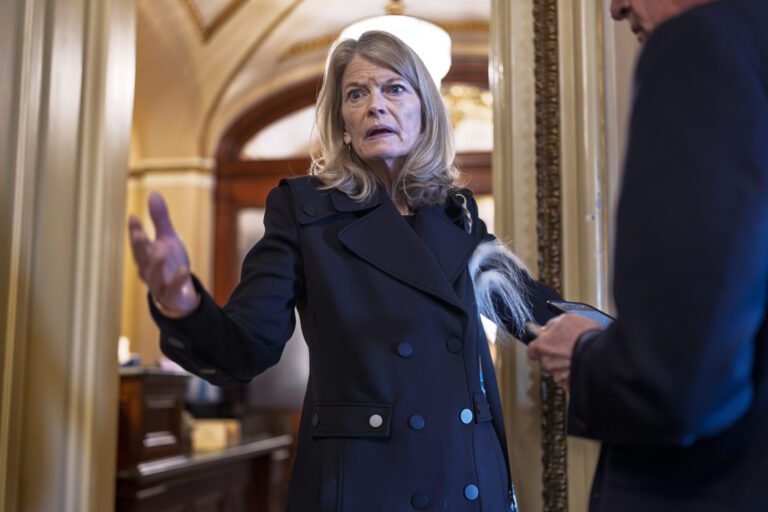Senators Eye Governorships: A Shift from Washington to State Leadership
In a surprising twist reminiscent of Frank Capra’s classic film "Mr. Smith Goes to Washington," several U.S. senators are making headlines as they consider running for governorships. This potential trend could be aptly titled "Mr. Smith Abandons Washington."
Growing Interest Among Senators
Senator Murkowski’s Ambitions
Senator Lisa Murkowski (R-AK) recently hinted at her interest in returning to Alaska, stating, "Sure," when asked about a potential gubernatorial run during a press conference. She emphasized her commitment to her current role in the Senate but expressed a fondness for her home state, saying, “Would I love to come home? I have to tell you, of course I would love to come home.”
Others in the Running
Murkowski isn’t alone in her ambitions. Here’s a snapshot of other senators considering similar paths:
- Senator Tommy Tuberville (R-AL) is gearing up for the 2026 Alabama gubernatorial race.
- Senator Michael Bennet (D-CO) also has his sights set on Colorado’s governorship.
- Senator Marsha Blackburn (R-TN) announced her candidacy for Tennessee’s next governor just days ago.
Historical Context
According to Ballotpedia, it’s been decades since four senators sought governorships in the same election cycle. The last notable instance was in 1986, when three senators ran concurrently. With 36 states set to hold gubernatorial elections in 2026 and 16 incumbent governors term-limited, an unprecedented window for senators to pursue state leadership roles has opened.
The Appeal of State Leadership
Erosion of Congressional Influence
“Being a senator is not seen as productive,” notes J. Miles Coleman, an associate editor at Larry Sabato’s Crystal Ball newsletter. Coleman observes that 2022 marked a shift in the political landscape, with no governors transitioning to the Senate for the first time in years. This transition away from federal influence gives senators a compelling reason to focus on state governance.
Higher Success Rates
Campaigning for a governorship can be a strategic move. According to Ballotpedia’s analysis, sitting senators enjoy a success rate of about 78% when running for governor, surpassing that of governors aiming for Senate seats. This statistical advantage may play a significant role in the minds of ambitious senators.
Expanding the Field: House Members Join the Fray
Beyond the Senate, several House representatives are entering the gubernatorial race:
- Congresswoman Mikie Sherrill, the Democratic nominee for the upcoming New Jersey gubernatorial election.
- Representative Nancy Mace (R-SC), who launched her campaign for the South Carolina governorship.
- Other notable candidates include Congressman Byron Donalds from Florida and Congressman Andy Biggs from Arizona.
In Tennessee, Congressman John Rose has opted not to run for re-election but instead will challenge Senator Blackburn in the Republican primary for governor.
Contributing Factors to the Shift
Coleman suggests that the political landscape encourages these elected officials to return home. Factors driving this trend include:
- Political Control: Many of these senators hail from states where their parties currently maintain power, allowing for the potential to implement their own agendas without the constraints of party leadership in Washington.
- Presidential Ambitions: The prospect of solidifying their political careers at the state level may align with long-term aspirations for higher office.
Conclusion
As the political dynamics shift and more senators express intentions to run for governor, it is clear that a new chapter is unfolding in American politics. This movement may change state leadership narratives and streamline governance, but only time will reveal the full impact of these emerging candidacies.
Curious to see how these political maneuvers will unfold? Keep an eye on the evolving landscape of U.S. governance as elections approach and contenders declare their ambitions.


